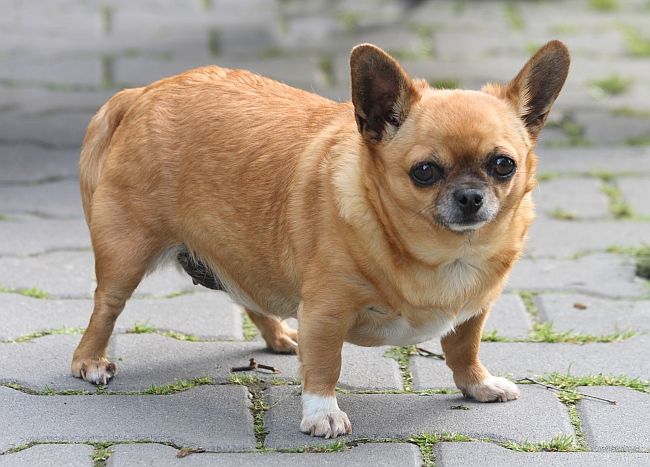
Like many of their owners, domestic cats and dogs in America are growing ever larger. From feeding pets table scraps, giving too many treats, overfeeding, and failing to provide pets with sufficient exercise and activities, the health of dogs and cats is dramatically suffering. Here is a quick look at why pet obesity has been on the rise, what dangers this presents and how this common occurrence can be avoided.
Is chubby the new cute?
Newborn human babies have soft skin, dimpled ankles and tummy rolls that indicate they are in good health and growing well. While most well-balanced children shed their “baby fat” soon after, it is normal to expect that young creatures (both humans and animals) are more likely to be a little thicker, simply because they are not old enough to exercise properly and burn off some of the calories they intake every day. Most people find human babies, kitties and puppies universally adorable, so it is easy to associate “cuteness” with the baby-pudge that many of these little ones possess. If having a chunky puppy is endearing, then it would make sense for people to naturally adore or be drawn to by pudgy adult pets too.
One of the other problems that causes pet obesity is that pet owners are under an illusion about their pet’s weight. The U.S. Food and Drug Administration’s center for veterinary medicine discovered that nearly 22% of dog owners and 15% of cat owners described their pets as having a healthy weight, when they would clinically be considered overweight or obese. Ernie Ward (founder of the Association for Pet Obesity Prevention) says that the reason pets are getting fatter, is that “we’ve made fat pets the new normal.” So even if the “cute” factor isn’t the culprit, a lack of having a standard for a healthy cat or dog’s weight may have something to do with it.
Dangers of Obesity
Obesity in pets can lead to all kinds of health problems and disorders. They are more likely to have high blood pressure, arthritis and joint string, liver disease, kidney disease, heart failure, urinary tract disease, spinal difficulties, diabetes, asthma, and even cancer. Obesity-related diseases may disable a pet from being able to walk unaided, and can shorten a pet’s life by an estimated 2.5 years.
Obesity Statistics
- In the most recent S. Pet Population survey conducted in 2013, there was an estimated 83.3 million domestic dogs in America and 95.6 million cats.
- Roughly 68% of American households (about 82.55 million homes) are believed to own at least one pet.
- About 68% of adults in America are considered overweight or obese; totaling approximately 140 million people.
- According to the 2014 National Pet Obesity Awareness Survey, over 52.7% of dogs are considered overweight or obese, as are 57.9% of cats.
Tips and Resources
The basic solution to the problem of pet obesity is to feed the pet less and exercise more, and to abstain from regularly rewarding the pets with unhealthy treats. But isolated scenarios can be more complicated that that. Reference these useful tips to help your pet get on the right track to avoid becoming obese.

